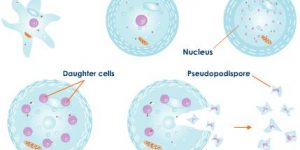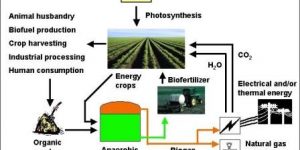Physicists from the New York University have created a unique method which replicates the biological cell-to-cell adhesion. This method can also be applied in different industrial applications.
The main contributor for this success is Jasna Brujić, assistant professor in the New York University Department of Physics. Her crew created a unique oil-in-water solution which properties are similar to those of biological sells. If two compressed oil droplets are agglutinated, they replicate the mechanical properties of tissues. This can change the modern industry, because this gives us the opportunity to create artificial tissue.
The detailed method used to produce this solution is described in the latest journal of the Proceedings of the National Academy of Sciences.
Cell-to-cell adhesion is very important for the structure of all tissues – cells must stick together in order to give the tissue strength and resistance. However, cell-to-cell adhesion is a complex process and it is one of the main reasons why Brujić’s team spent so many years working on this. The research crew created a special emulsion which replicates the main properties of cell-to-cell adhesion.
They used emulsions from different products in order to find out the most optimal circumstances for cell-to-cell adhesion. They applied different force to the oil droplets and slowly isolated the conditions needed for cell-to-cell adhesion to occur.


